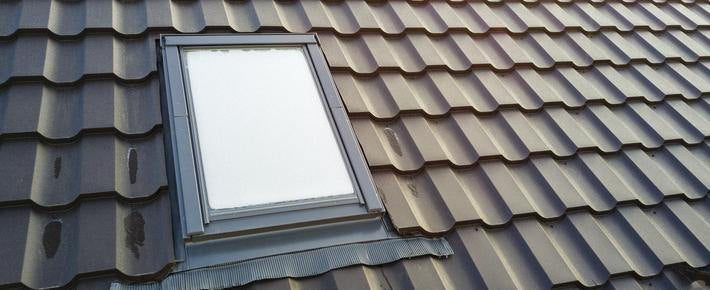As a roofing material, lead flashing is still considered one of the most hard-wearing and practical components available. And thanks to its durability and water resistant qualities, its use as an effective roof flashing has made it the must-have material for centuries. But though widely used, its appeal is diminishing as more lead flashing alternatives hit the market.
Raw material costs, environmental responsibility and health concerns have all contributed to the rise of lead flashing alternatives over recent years—not to mention lead’s desirability to thieves. So, can these alternatives equal and, possibly loosen, lead’s grip on the roofing market?
As Close To Real As Possible
Traditional rolled lead has been produced for well over 200 years. Widely available and used extensively for roofing and weatherproofing, it’s a common sight around the gutters, windows, roofs and vertical cladding of many buildings, from homes to churches.
As a versatile material used for different purposes, there’s a range of six standard thickness codes. From Code 3 (1.3mm) to Code 8 (3.55mm), together with standard widths and lengths, the right lead can be fitted to the appropriate roof, window or flashing to ensure it remains weather tight and fit for purpose.
Metals such as copper, aluminium and stainless steel are also popular choices for roof flashings, but lead provides unmatched longevity and resilience. However, with cost being a big factor in most repair or building works, there is a range of cheaper, lighter and easier to handle alternatives. And far from being products that only act, look or work like lead, lead flashing alternatives are as close to the real thing as you’ll get.
Ticking All The Boxes
With the rise of lead-free alternatives, many manufacturers have joined the marketplace to offer their own brands. DEKS, Cromar, and Ubbink are among many to have given the market greater choice to keep roofs and flashings lead-free, while maintaining the classic look, integrity and functionality of lead.
Made from a pliable polymer rubber with an aluminium mesh embedded inside, the flexible material composition is non-toxic and environmentally friendly. And, as well as being up to 80% lighter than traditional lead, despite being up to 3.5mm thick, its credentials comprehensively tick many health and safety boxes.
Lead flashing alternatives are also up to 50% quicker and easier to install than traditional lead. Simple to cut with a sharp trade knife, the malleable material with its polyisobutylene adhesive makes a tight barrier against moisture and provides an incredibly strong bond to most building materials when in place.
Value & Protection
Lead can provide many years of protection, but can also be susceptible to corrosion, and expensive to replace—especially if opportunistic lead thieves take a shine to it. Lead flashing alternatives can give up to 30 years hassle-free and cost-effective protection against weather and corrosion, while looking and acting like the real thing. And with no scrap value, there’s no risk of theft.
For more information about our stocked range of lead flashing alternatives, get in touch with us today on 01752 466151 or email us on sales@roofingsuppliesuk.co.uk.

